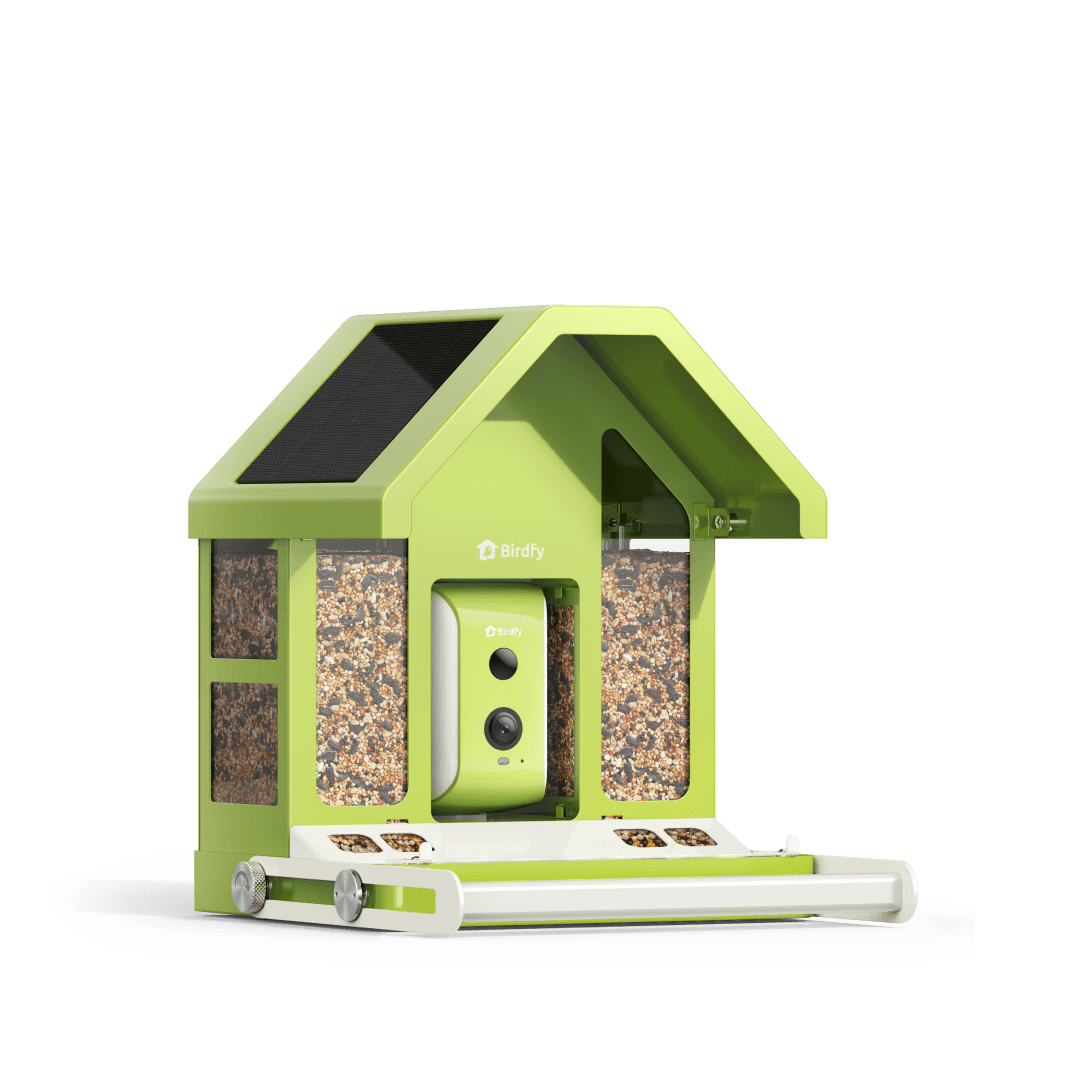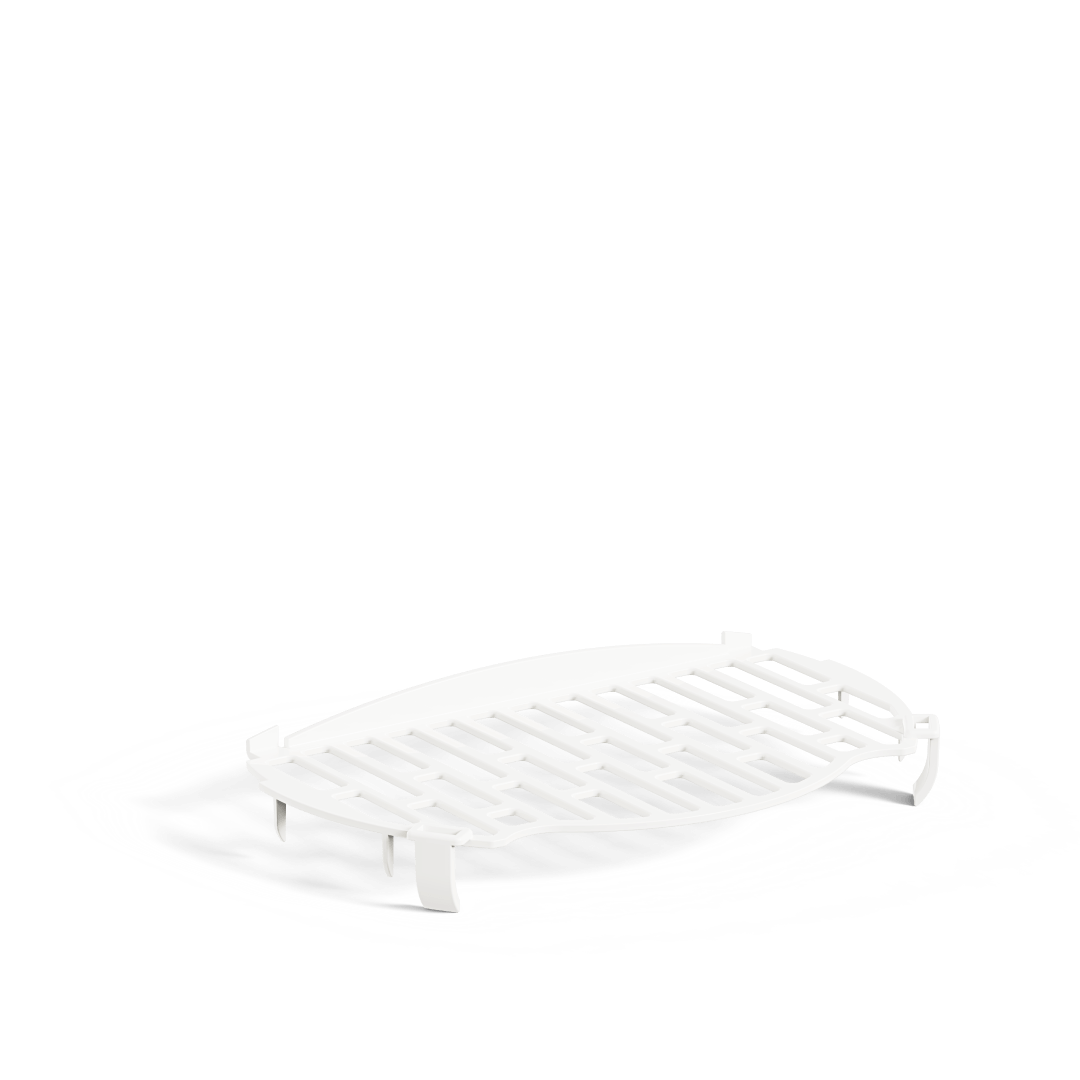Secrets Beneath Your Feet: What to Know About Ground Nesting Birds
Ground-nesting birds play a vital role in our ecosystems, contributing to biodiversity and serving as indicators of environmental health. Unlike their tree-nesting counterparts, these birds lay their eggs and rear their young on the ground, often in grasslands, wetlands, and other open habitats. This article explores various species of ground-nesting birds, their nesting habits, and guidance on what to do if you encounter them.
Part 1. Birds that Lay Eggs on the Ground
🐦 Common Ground-Nesting Bird Species
1. American Woodcock (Scolopax minor)
- Habitat: Prefers moist woodlands and fields.
- Nesting: Nests are shallow depressions lined with leaves and grasses. The female lays 4 eggs, which are well-camouflaged.

2. Killdeer (Charadrius vociferus)
- Habitat: Often found in open fields, shores, and parking lots.
- Nesting: Nests in gravel or bare ground, laying 4 eggs. The killdeer is known for its distraction display to protect its nest.

3. Eastern Meadowlark (Sturnella magna)
- Habitat: Grasslands and pastures.
- Nesting: Builds a cup-shaped nest in dense grasses, typically laying 4-6 eggs.

4. Ring-necked Pheasant (Phasianus colchicus)
- Habitat: Fields, grasslands, and wetlands.
- Nesting: The female makes a ground nest in tall grass, laying 10-12 eggs that blend into the surrounding environment.

5. Northern Bobwhite (Colinus virginianus)
- Habitat: Open fields and brushy areas.
- Nesting: Nests are shallow scrapes in the ground, often hidden by vegetation, containing 10-20 eggs.

6. American Oystercatcher (Haematopus palliatus)
- Habitat: Coastal beaches and mudflats.
- Nesting: Nests are simple scrapes in the sand or gravel, typically containing 1-4 eggs.

7. Common Nighthawk (Chordeiles minor)
- Habitat: Open areas near forests and urban settings.
- Nesting: Lays eggs directly on the ground, often on gravel rooftops or bare patches of soil, usually 2 eggs.

8. Buff-breasted Sandpiper (Tryngites subruficollis)
- Habitat: Open grasslands, particularly during migration.
- Nesting: Nests on the ground, laying 3-4 eggs in a simple scrape.

🐦 Importance of Ground-Nesting Birds
Ground-nesting birds are essential for maintaining the balance of their ecosystems. They contribute to seed dispersal, insect population control, and serve as prey for various predators. Their nesting sites often provide vital habitats for other species, and their presence can indicate the health of the environment.
Part 2. Birds Build Nests on the Ground
🪺 Nesting Habits and Behavior
Ground-nesting birds exhibit unique behaviors and adaptations that help them thrive in their habitats:
- 1. Camouflage and Concealment
Many ground-nesting birds have evolved to lay eggs that mimic the color and texture of their surroundings. This adaptation helps protect the eggs from predators.
- 2. Nest Construction
Ground nests are typically simple depressions lined with local vegetation such as grasses, leaves, or feathers. The choice of nesting material is crucial for insulation and concealment. - 3. Parental Care
Ground-nesting birds often display strong parental instincts. After hatching, many chicks are precocial, meaning they can walk and feed themselves shortly after birth, allowing the parents to lead them to safety. - 4. Defensive Behaviors
Birds like the Killdeer employ distraction displays to draw predators away from their nests. They may feign injury or call loudly to divert attention. - 5. Nesting Season
The nesting season varies by species and location but typically occurs in the spring and early summer, coinciding with peak food availability for both parents and chicks.
🪺 Factors Affecting Nesting Success
Several factors can influence the success of ground-nesting bird populations:
- Habitat Loss: Urbanization, agriculture, and land development can lead to significant habitat loss, reducing nesting sites.
- Predation: Ground nests are particularly vulnerable to predation by mammals, birds, and reptiles. Increased predator populations can drastically affect nesting success.
- Weather Conditions: Severe weather events, such as heavy rains or extreme temperatures, can destroy nests and reduce chick survival rates.
- Human Disturbance: Recreational activities and habitat encroachment can disrupt nesting sites, leading to abandonment or increased vulnerability to predation.
What to Do When a Bird is on the Ground
If you encounter a ground-nesting bird or its nest, it's essential to approach the situation with care and awareness. Here’s a guide on what to do if you find a ground-nesting bird or its eggs.
Identifying the Bird
- Observe from a Distance: If you see a bird on the ground, observe it from a distance to determine if it is nesting or simply foraging. Use binoculars if possible to avoid disturbing it.
- Look for Signs of a Nest: Check the area for signs of a nest, such as a depression in the ground or nearby vegetation that appears disturbed.
Find a Nest
- Keep Your Distance: Birds can tell if you touch their nests. The best action is often to leave the nest undisturbed. Many ground-nesting birds are extremely protective of their nests, and approaching too closely can lead to abandonment.
- Mark the Area: If you accidentally stumble upon a nest, you can mark the area with a small flag or stick (without getting too close), ensuring you remember where it is if you need to inform others.
- Do Not Touch the Eggs: It’s crucial not to touch or move the eggs. Many birds have a strong sense of smell, and human scent can deter them from returning to their nests.
- Monitor from Afar: If you’re concerned about the safety of the nest (due to predators or human activity), monitor it from a distance. If you see repeated disturbances, consider reporting the situation to a local wildlife authority.
Encounter a Bird in Distress
- Check for Signs of Injury: If you find a bird that appears injured or unable to fly, observe it from a distance before intervening. Sometimes, birds may be resting or recovering from a temporary situation.
- Contact Wildlife Rehabilitation: If the bird appears genuinely injured or in distress, contact a local wildlife rehabilitation center for guidance. They can provide advice or arrange for an expert to assess the situation.
- Do Not Attempt to Handle the Bird: Handling wild birds can cause them significant stress and may lead to further injury. It’s best to leave the rescue efforts to trained professionals.
Educate Others
- Spread Awareness: Share your knowledge about ground-nesting birds with friends, family, and community members. Educating others can help foster a culture of respect and protection for these species.
- Participate in Conservation Efforts: Engage in local conservation efforts aimed at protecting habitats for ground-nesting birds. This can include participating in cleanup events, habitat restoration projects, or citizen science initiatives.
- Report Nest Locations: If you find a significant number of nests or a particularly vulnerable species, consider reporting this information to local conservation organizations. They can take steps to monitor and protect these nesting sites.
Conclusion
Ground-nesting birds are fascinating and vital components of our ecosystems. Their unique nesting habits and behaviors illustrate the importance of biodiversity and the delicate balance of nature. By understanding these species and knowing how to respond when encountering them, we can play a crucial role in their conservation. Protecting their habitats and educating ourselves and others about their needs will help ensure that future generations can enjoy the beauty and diversity these birds bring to our world.
By taking a proactive approach to wildlife encounters and supporting conservation efforts, we can help safeguard the lives of ground-nesting birds and contribute to a healthier environment for all.
Share


































